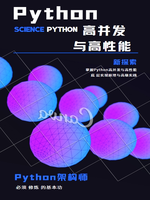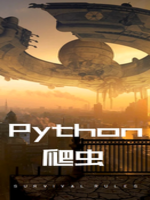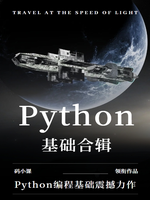25、partition()
string.partition(str),有点像find()和split()的结合体。
从str出现的第一个位置起,把字符串string分成一个3 元素的元组(string_pre_str,str,string_post_str),如果string中不包含str则 string_pre_str==string。
s = 'Python is awesome!'parts = s.partition('is')print(parts)# ('Python ', 'is', ' awesome!')s = 'Python is awesome!'parts = s.partition('was')print(parts)# ('Python is awesome!', '', '')









